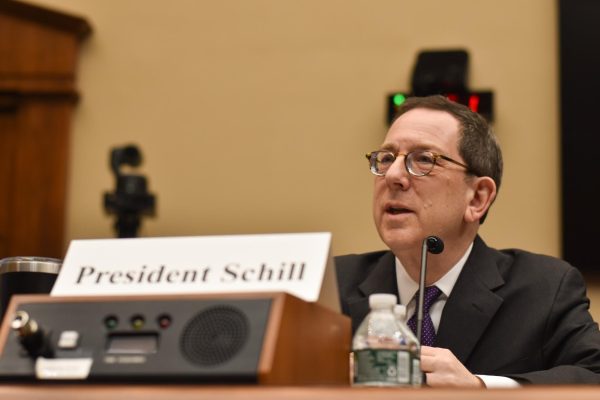*This source’s name is changed to protect them from legal harm. For more information on Carlmont Media’s anonymous sourcing, check out Scot Scoop’s Anonymous Sourcing Policy.
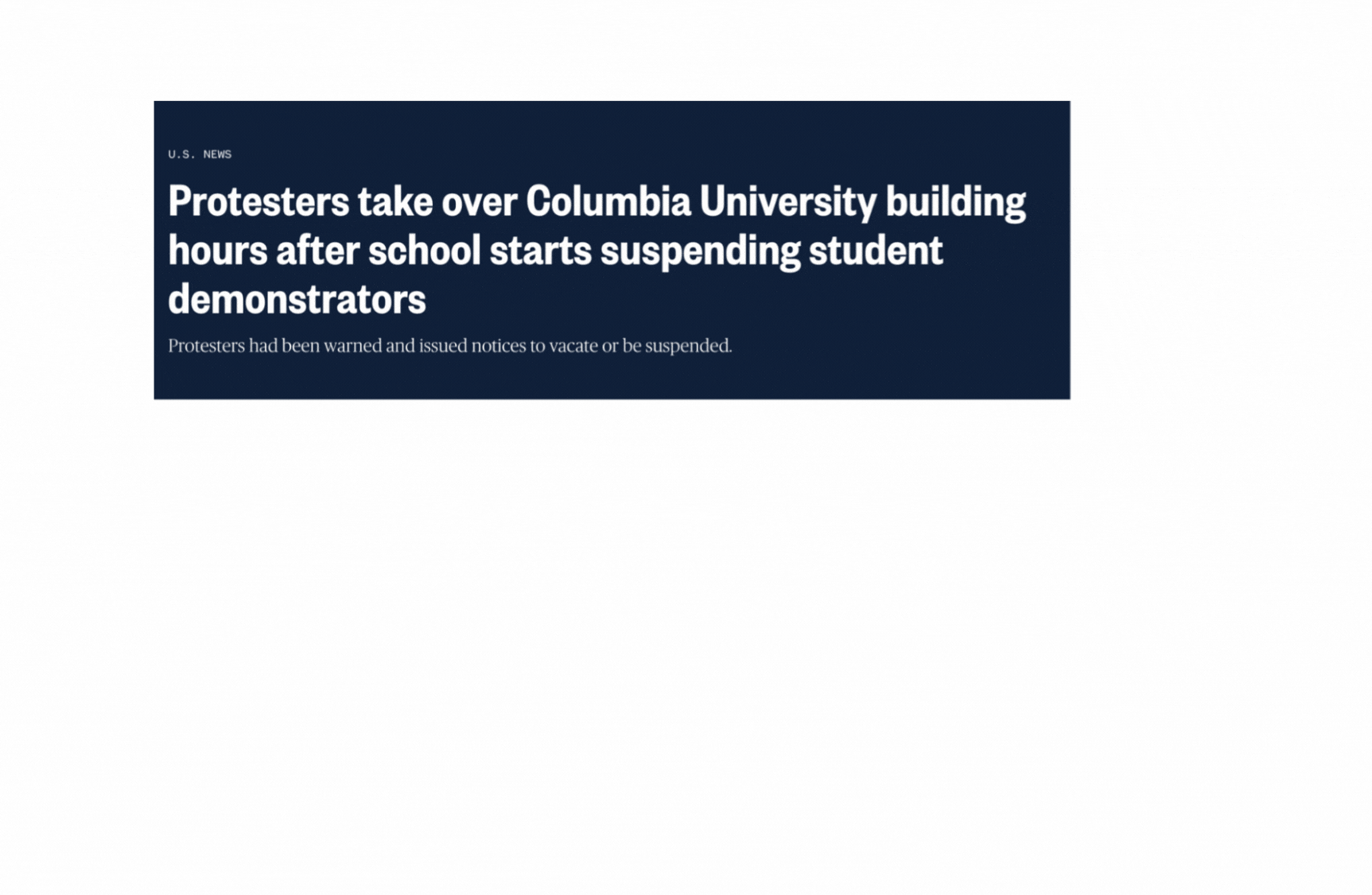
About the Contributors
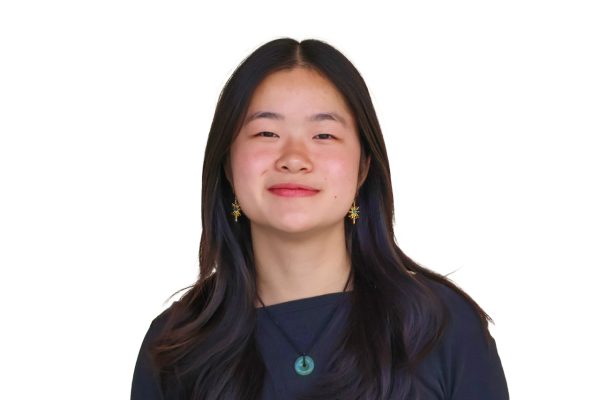
Elaine Jiang, Highlander Managing Editor
Elaine Jiang (class of 2025) is a senior at Carlmont High School and a managing editor for the Highlander magazine. She is interested in multimedia and has explored podcasting, video, infographics, writing, and more as part of her time at Scots Media. Besides journalism, she is the president of the Mock Trial club and Student Advisory Council at Carlmont and likes to read, hang out with friends, and watch “How I Met Your Mother” in her free time. You can view her portfolio here!
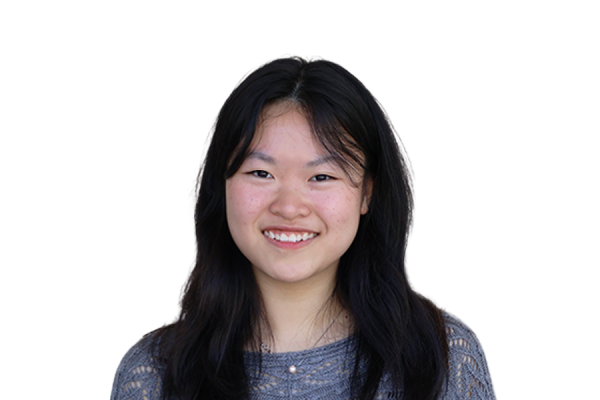
Isabelle Ling, Staff Writer
Isabelle Ling (class of 2026) is a junior at Carlmont High School and this is her second year in journalism. She loves to meet people with interesting stories and is interested in public policy. Besides journalism, she likes to help with various club meetings and dislikes to go on runs but does it anyways. In her free time, she spends time with her friends and family, reads, and watches old movies.

Kiana Chen, Staff Writer
Kiana is a junior (Class of 2026) in her second year of journalism and currently edits for the Highlander. She enjoys taking pictures and connecting with others in her community. Outside of school, Kiana can be found on the soccer field or running for Carlmont’s track team. Check out her portfolio here.
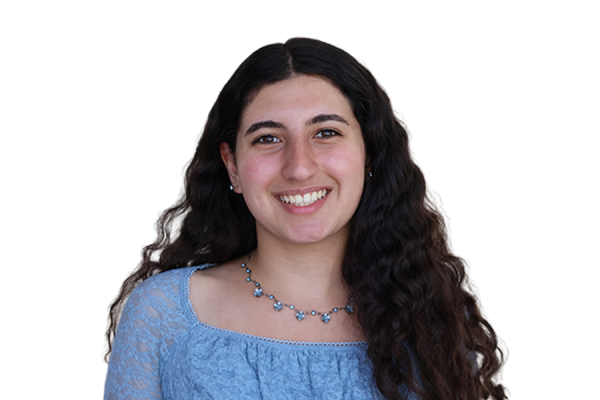
Isabella Zarzar, Highlander Managing Editor
Isabella Zarzar is a senior at Carlmont High School and in her third year of journalism. She enjoys reporting on a variety of topics using different forms of media and is thrilled to be a managing editor for the Highlander magazine this year. In her free time, Isabella enjoys reading, listening to music, and spending time with her friends and family. Take a look at her portfolio here.
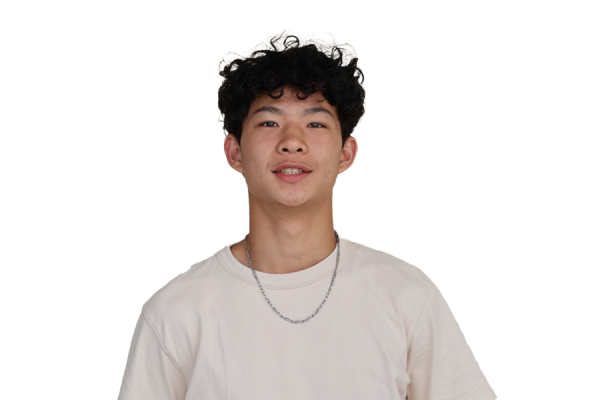
Franklin Kuo, ScotCenter Managing Editor
Franklin Kuo (class of 2025) is in his second year in the journalism program. In his free time, you can find him playing basketball, watching sports, or listening to music.
Twitter: @FranklinKuo2


